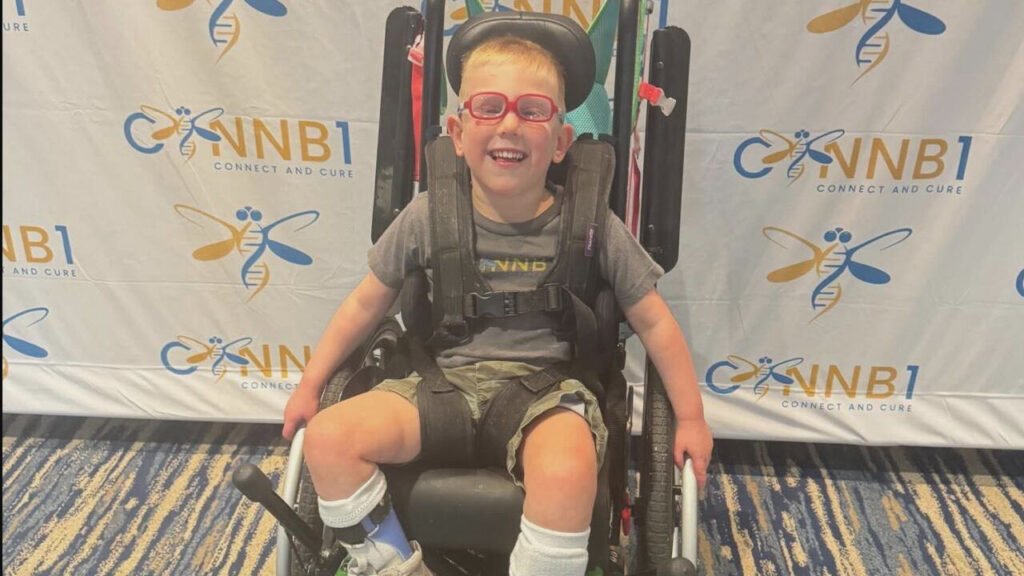CTNNB1 syndrome is a syndrome and a genetic intellectual disability disorder caused by a genetic mutation of chromosome 3. It is characterized by intellectual disability, significant motor delay, serious speech disorder, early onset truncal hypotonia with hypertonia, and behavioral abnormalities (autistic traits, aggressiveness, or self-aggressive behavior, sleep disorders), according to Orphanet.
It is a rare condition and is therefore considered a rare disease. Now, a dozen families with children affected by CTNNB1 syndrome will create an association to help shed light on this virtually unknown genetic mutation, whose symptoms are in some cases confused with those of autism spectrum or cerebral palsy.
According to the future president of the association, Estíbaliz Martín Medina, from Biscay, mother of Paula, a three-year-old girl with this syndrome, who told Efe, this condition causes intellectual and developmental delays and can also cause heart, vision, lung, or spinal cord problems, among other ailments.
For the most part, these are children who do not speak and have many behavioral problems that can be confused with autism or cerebral palsy. We are convinced that in our country and around the world, many children with this syndrome have not been properly diagnosed, Martin says.
Two of the girls whose families will be part of this association had initially been diagnosed with autism spectrum disorder.
The confusion is in the symptomatology, but as they point out, it is enough to carry out an exome study to determine with absolute certainty whether or not they suffer from this pathology, which, around the world, has barely been confirmed in about 300 children.
How is it diagnosed?
But what does the exome test involve? It’s performed through a simple blood test, although its cost is very high. This is why many regions don’t prescribe it, and it falls on families, who have paid up to €2,850 in private centers.
In addition to raising awareness about the disease and promoting fundraising initiatives, these families will try to ensure their children can participate in research on the use of gene therapy for this syndrome, led by Lithuanian doctor Spela Mirosevic.
It has already been done with other genetic diseases and consists of replacing the defective gene. It might be too late for our children, but we want them to take part in the study,” she points out.

